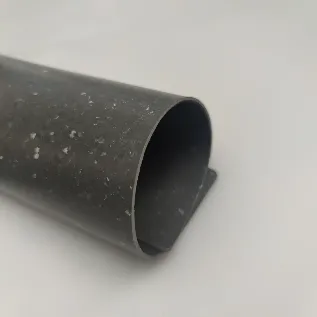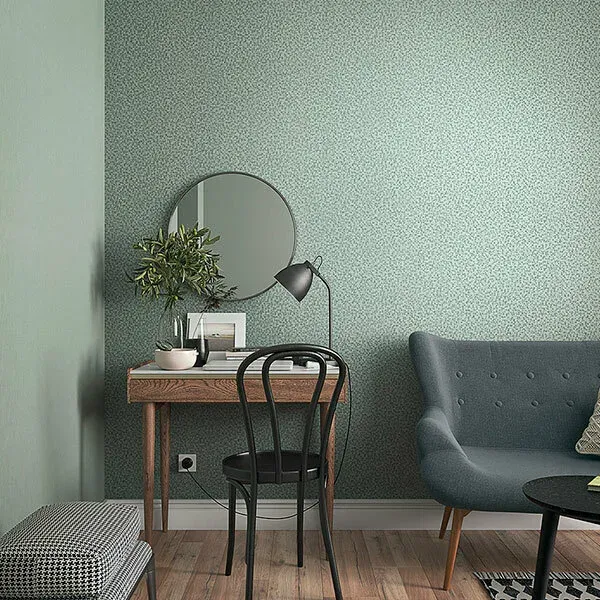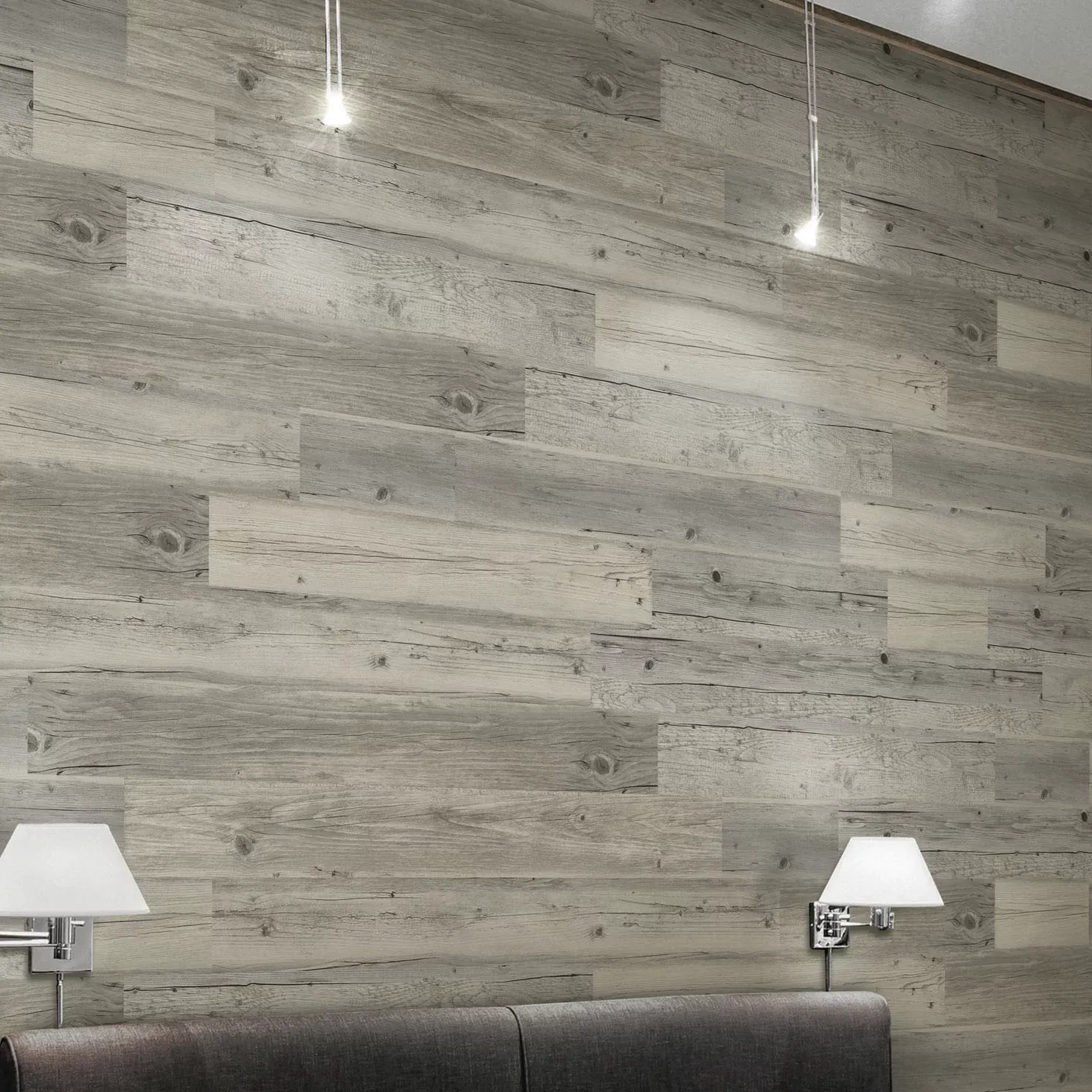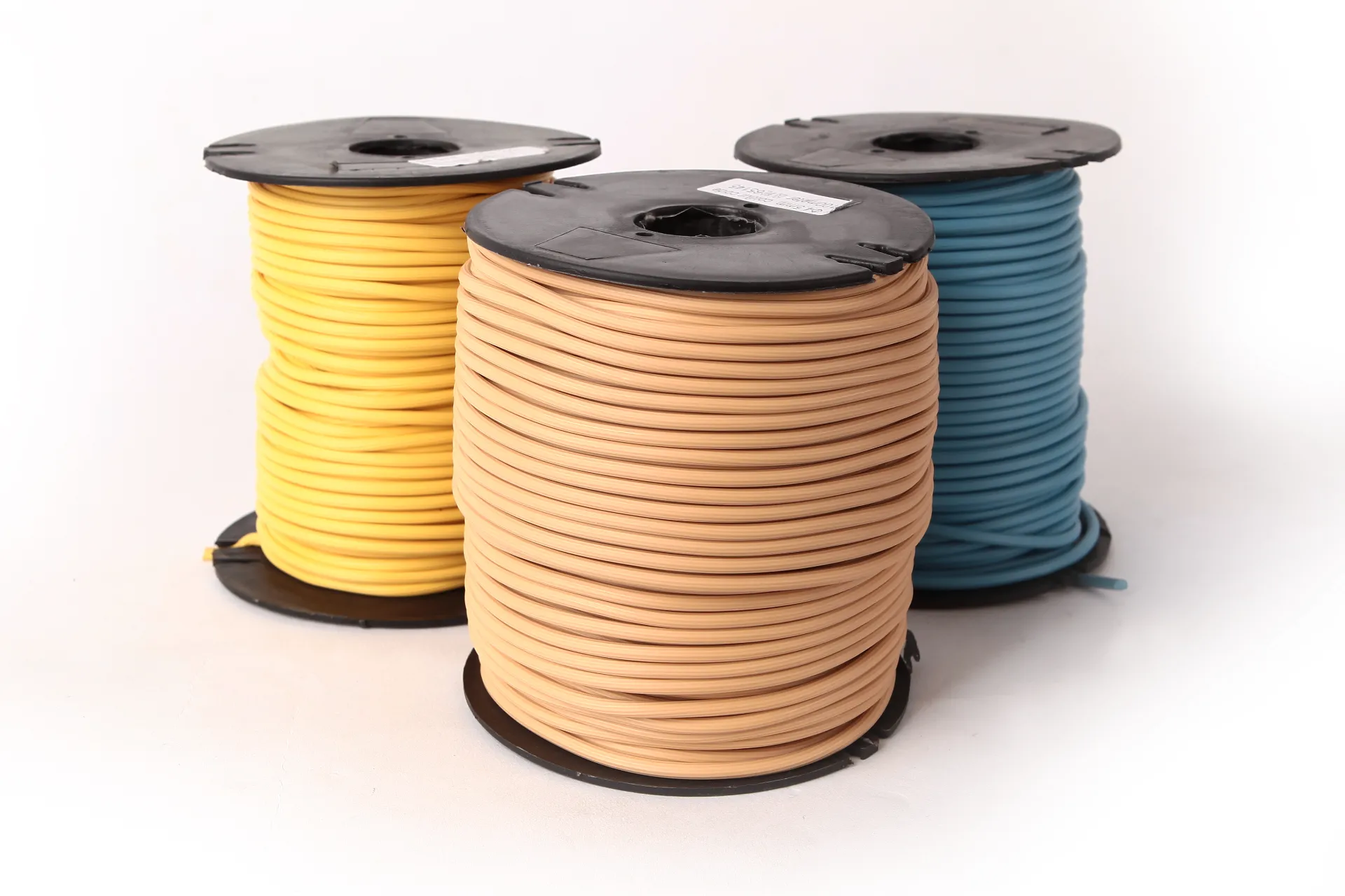
- Afrikaans
- Albanian
- Amharic
- Arabic
- Armenian
- Azerbaijani
- Basque
- Belarusian
- Bengali
- Bosnian
- Bulgarian
- Catalan
- Cebuano
- Corsican
- Croatian
- Czech
- Danish
- Dutch
- English
- Esperanto
- Estonian
- Finnish
- French
- Frisian
- Galician
- Georgian
- German
- Greek
- Gujarati
- Haitian Creole
- hausa
- hawaiian
- Hebrew
- Hindi
- Miao
- Hungarian
- Icelandic
- igbo
- Indonesian
- irish
- Italian
- Japanese
- Javanese
- Kannada
- kazakh
- Khmer
- Rwandese
- Korean
- Kurdish
- Kyrgyz
- Lao
- Latin
- Latvian
- Lithuanian
- Luxembourgish
- Macedonian
- Malgashi
- Malay
- Malayalam
- Maltese
- Maori
- Marathi
- Mongolian
- Myanmar
- Nepali
- Norwegian
- Norwegian
- Occitan
- Pashto
- Persian
- Polish
- Portuguese
- Punjabi
- Romanian
- Russian
- Samoan
- Scottish Gaelic
- Serbian
- Sesotho
- Shona
- Sindhi
- Sinhala
- Slovak
- Slovenian
- Somali
- Spanish
- Sundanese
- Swahili
- Swedish
- Tagalog
- Tajik
- Tamil
- Tatar
- Telugu
- Thai
- Turkish
- Turkmen
- Ukrainian
- Urdu
- Uighur
- Uzbek
- Vietnamese
- Welsh
- Bantu
- Yiddish
- Yoruba
- Zulu
Biwo Komèsyal Planche ak Sante: Adrese Kalite lè ak Ijyèn
Nan anviwònman biwo modèn jodi a, biznis yo ap mete plis anfaz sou byennèt anplwaye yo ak sante jeneral espas travay yo. Pandan ke ayestetik la ak rezistans nan planche biwo komèsyal yo souvan priyorite, enpak la nan planche sou kalite lè a ak ijyèn se jis kòm kritik. Chwa planche yo ka jwe yon wòl enpòtan nan kenbe yon anviwònman biwo pwòp, ki an sante, ede diminye pwopagasyon alèjèn, bakteri, ak pwodui chimik danjere ki ka afekte sante anplwaye yo.
In this article, we’ll explore how planche biwo komèsyal yo enfliyanse kalite lè a ak ijyèn, ansanm ak opsyon planche ki ankouraje yon espas travay ki pi an sante.

Koneksyon ki genyen ant planche ak bon jan kalite lè andedan kay la Konsènan Planche biwo komèsyal yo
Kalite lè andedan kay la (IAQ) se yon enkyetid k ap grandi pou biznis yo, sitou lè anplwaye yo pase anpil èdtan andedan kay la. Pòv IAQ ka kontribye nan yon seri de pwoblèm sante, soti nan pwoblèm respiratwa ak alèji ak menm fatig. Lè li rive planche pou bilding komèsyal yo, sèten materyèl ka lage pwodui chimik danjere nan lè a, pandan ke lòt moun ka pèlen pousyè ak alèrjèn, agrave pwoblèm kalite lè andedan kay la.
Anpil materyèl planche tradisyonèl yo, tankou tapi ki fèt ak fib sentetik, ka kenbe pousyè, pousyè tè, ak lòt alèrjèn. Apre yon tan, patikil sa yo ka lage nan lè a, deklanche reyaksyon alèjik oswa vin pi grav sentòm opresyon nan moun ki sansib. Anplis de sa, sèten kalite planche, patikilyèman vinil ak plastifye, ka gen ladan konpoze òganik temèt (VOC) ki koupe gaz nan lè a. VOC yo ka mennen nan yon kondisyon ke yo rekonèt kòm "sendwòm bilding malad," ki lakòz sentòm tankou tèt fè mal, vètij, ak iritasyon nan je, nen, ak gòj.
Chwazi materyèl planche ki minimize liberasyon VOC ak pousyè ka amelyore siyifikativman IAQ epi kreye yon espas travay ki pi an sante.
Materyèl planche biwo komèsyal ki amelyore kalite lè andedan kay la
Pou sipòte yon anviwònman biwo ki pi an sante, biznis yo ta dwe konsidere dirab planche komèsyal yo materyèl ki amelyore kalite lè lè yo diminye akimilasyon pousyè epi minimize liberasyon pwodui chimik danjere yo. Plizyè opsyon ekolojik-zanmitay kanpe deyò pou kapasite yo pou ankouraje lè pi pwòp epi sipòte pi bon sante anplwaye yo.
Natural materials such as cork, bamboo, and linoleum are excellent choices for office spaces where air quality is a priority. These materials are naturally resistant to dust and allergens and contain little to no VOCs. Cork, for example, is made from the bark of cork oak trees and is naturally anti-microbial and hypoallergenic. It doesn’t trap dirt or dust, making it an ideal choice for high-traffic office areas that demand cleanliness.
Bamboo is another sustainable, low-emission flooring option that contributes to improved air quality. Since it grows quickly and is harvested without damaging the environment, bamboo flooring is an eco-friendly choice that helps businesses maintain a clean and healthy office space. Linoleum, made from natural materials like linseed oil, cork dust, and wood flour, is another good option for businesses looking for a low-emission floor that doesn’t off-gas harmful chemicals.
In addition to natural materials, certain engineered flooring systems are designed to meet high indoor air quality standards. Many of these products are certified by organizations like GreenGuard and FloorScore, which test and certify flooring materials for low-VOC emissions. Choosing flooring products with these certifications ensures that employees aren’t exposed to harmful chemicals and that the office environment remains fresh and breathable.
Biwo Komèsyal Planche ak Ijyèn: Yon Faktè Kritik nan Proprete Espas Travay
Kenbe yon bon ijyèn nan biwo a esansyèl pou minimize pwopagasyon mikwòb, bakteri, ak viris, espesyalman nan zòn ki gen anpil kontak tankou chanm repo, sal konferans, ak twalèt. Materyèl planche ki fasil pou netwaye, dezenfekte ak kenbe ka ede kenbe espas travay la ijyenik epi redwi potansyèl pou transmisyon maladi.
Hard flooring surfaces such as tile, vinyl, and polished concrete are generally more hygienic than carpets because they don’t trap dirt, dust, or moisture. These surfaces are easy to wipe down with standard cleaning products, making them more resistant to bacteria and mold growth. For instance, vinyl floors with antimicrobial properties are highly effective in areas like kitchens and bathrooms, where hygiene is a top priority. The smooth surface of vinyl makes it easy to clean and prevents the buildup of germs and allergens.
Menm jan an tou, mozayik ki fèt ak seramik, porselèn, oswa wòch natirèl yo trè dirab ak rezistan a imidite, ki ede anpeche mwazi ak kwasans bakteri. Planche sa yo patikilyèman apwopriye pou espas ki gen tandans fè koule oswa imidite segondè, tankou twalèt oswa kwizin. Anplis de sa, liy coulis ant mozayik yo ka trete ak selan antimikwòb pou plis amelyore ijyèn.
On the other hand, carpeted floors can trap dirt, dust, and allergens in their fibers, making them more challenging to clean and maintain. In offices with high foot traffic or areas where spills are common, carpet can harbor bacteria and germs that may be difficult to eliminate completely. However, commercial carpets made from high-performance fibers, such as nylon or polypropylene, are designed to resist staining and can be cleaned with specialized equipment to maintain hygiene. It’s essential to ensure carpets are vacuumed frequently and professionally cleaned at regular intervals to prevent the buildup of harmful particles.
Wòl Planche Biwo Komèsyal nan Redui Kontaminasyon kwa
In addition to preventing the accumulation of dirt and allergens, commercial office flooring can also play a role in reducing cross-contamination between different areas of the office. The use of mats or rugs at entrances, for example, can help trap dirt and moisture before it’s carried into the rest of the office. This simple step can help keep floors cleaner and reduce the amount of dust and bacteria that spreads throughout the workspace.
In areas where food is prepared or consumed, such as kitchens or break rooms, it’s important to select flooring that resists stains and moisture absorption. Vinyl and rubber flooring are ideal for these spaces because they are easy to wipe down and are resistant to the growth of bacteria. Additionally, these materials are slip-resistant, reducing the risk of accidents in areas prone to spills.
-
Masking Tape: Clean Removal, Precision Lines, Pro-GradeNov.10,2025
-
Skirting: MDF, Oak & SPC | Durable, Easy-FitNov.10,2025
-
Commercial VCT Tile Flooring – Durable, Low-MaintenanceNov.10,2025
-
LVT Vinyl Floors – Waterproof, Scratch‑Resistant, Easy ClickNov.10,2025
-
Masking Tape - Pro-Grade, Clean Removal, Crisp LinesNov.10,2025
-
Premium Masking Tape - Sharp Lines, Clean RemovalNov.10,2025



